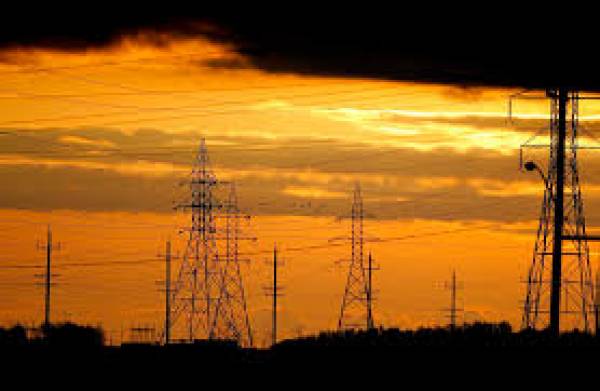This is an old revision of the document!
Project: Rebuilding Power Lines
Despite your best efforts to return the cub, the EM-Boar tigers around Lakeview have started causing all sorts of problems. Last night, one of them came through Lakeview and tore down all the power lines. All the wires are chewed up and torn, and there are deep claw marks on the utility poles, which luckily are still standing. The residents of Lakeview are pretty spooked. Lakeview needs its power back as soon as possible.
Fortunately, there is a power plant by Springfield that is willing to help out the citizens of Lakeview. The manager of the power plant, Dr. Erma Cürd, has supplied you with some specifications: Each power line will be erected to connect the transformer from the incoming transmission line to the homes and businesses in Lakeview. Each line is $5 \text{ km}$ long and is made of a metal alloy with $0.008 \text{ $\Omega$/m}$ of resistance.
The most important decision in this reconstruction process is to determine which transformer to install at the incoming transmission line. A given transformer will create a specified voltage drop from the transmission to the residential area. However, there are some risks associated with your choice. One risk is that the electric field along the line will heat up up the wire and cause it to melt, which will happen when the electric field reaches $3 \text{ kV/m}$. Another risk is that the line may create a magnetic field on the ground that is dangerous for people walking around and may interfere with portable electronics. The safety limit for the magnetic field is $10 \text{ mT}$.
You have three options for your choice of transformer. The voltage drop on the line from the functioning transmission line to the residential area can be $1 \text{ MV}$, $10 \text{ MV}$, or $100 \text{ MV}$. Evaluate each decision and produce a recommendation based on the safety concerns and the power that the transformer will produce for Lakeview.
Learning Goals
- Use Ampere's Law to calculate the magnetic field outside of a current-carrying wire.
- Explain why you pick your Amperian loop and how it helps you simplify your calculations.
- Explain the general steps that you take when using Ampere's Law.
- Explain what would change about your solution if the wire were coaxial (this part is extra).
Conceptual questions:
- In your calculations, you used dl or L a couple of times. What equations did you use with lengths, and which lengths were they referring to?
- What steps did you need to take to simplify the $\int \vec{B} \bullet d\vec{l} $?
- How did you pick your Amperian loop? Would a square Amperian have worked for the power line? Would a circle that is off center work?
- How would you calculate the magnetic field inside the wire? What would change about your calculation?
- If you had two power lines side by side, how would you find the force from one wire on another?
- When do you want to use Ampere's Law and when would you want to use the Biot-Savart Law to find magnetic field?
